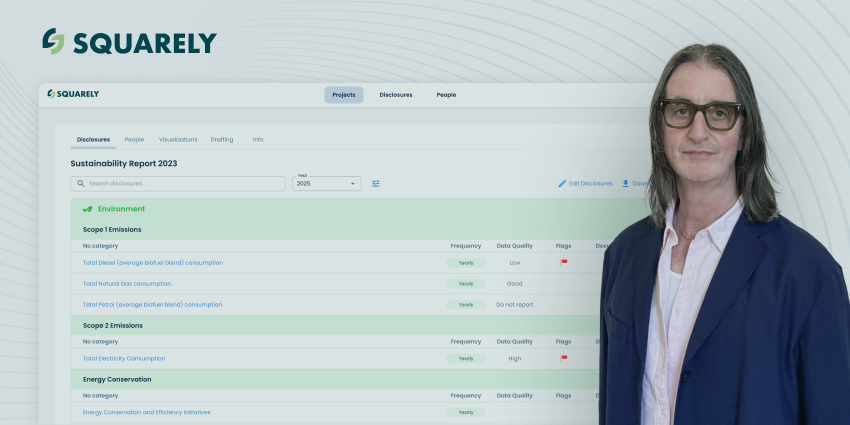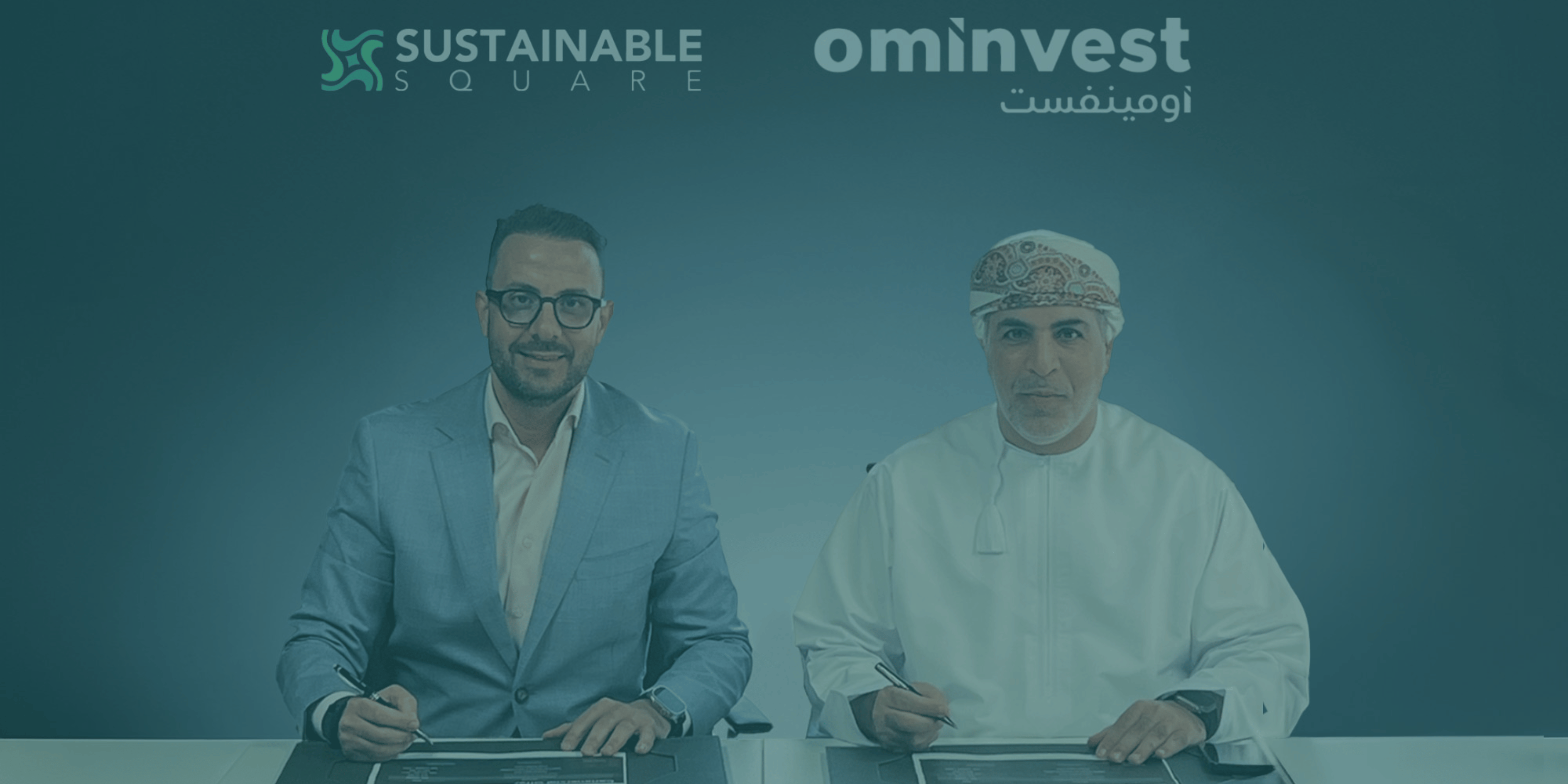THE 10 SOCIAL IMPACT GUIDELINES
Introduction:
Social impact measurement is a labour intense and challenging endeavour that we all dream of doing, have the best of intentions of managing, and could find infinite uses for resultant data. If only we had the time and resources.
Standards:
Environmental reporting requires the identification of what you are measuring and how much it has changed. Financial valuations generally exist. Financial reporting requires you to monitor cash flow based on existing, standardised accounting principles. Principles and denominations that exist. Both of these practices have become well established through years of scientific thought and natural evolution.
Measuring social impact requires you to define both what you are measuring and what value is created. Measurement and evaluating social impact have far more open inputs, a range of non-standard ‘’frameworks’’ and lack a solid standard for valuation. Having said that, there are principles and evolving standards that allow us to practice valuation more efficiently.
The Ten Social Impact Guidelines for Efficiency
After nearly ten years of practising social valuation in evolving marketplaces, such as the Middle East, Africa and India, I have developed this set of guidelines to enable other enterprising social impact professionals to get a step ahead. Instead of conducting formal impact measurements, they can follow these guidelines to maximise their social outcomes with, ideally, fewer resources allocated. This is by no means a comprehensive list, it is a summary of ideas developed from my own first-hand experiences.
1. Design unique programmes with impact in mind
If your programme is changing people’s lives but doesn’t do something new, then you are losing value even before you start. Plan your intervention in a way that avoids duplicating others, or at least does it better than anyone else. Avoid the pitfall of attributing other individuals’ contributions as your own. To have a real impact, being unique is fundamental. Innovation is very much the way forward.
2. Conduct a baseline needs assessment based on impact
You would never invest in something without conducting strong due diligence; this is social due diligence. Never assume that you know what a community needs, do not believe that your intervention is the only way. Needs are always evolving and often aren’t tangible. Really get to know the needs of those you intend to impact by conducting external studies that engage relevant stakeholders.
3. Think of social spend as an investment in research and development
If you plan to do multiple studies and are keen to find ways to bring impact back to your organisation, you will better benefit your beneficiaries. If you think of your social spend in philanthropic or charitable terms, it may seem easier to justify “getting rid of it”. In today’s world; it is traceable and risky, it will have little impact, at best.
4. Build measurement into monitoring and evaluation
In 2016, there was a conference hosted by the Rockefeller Foundation trying to bring together Monitoring and Evaluation (M&E), Social Impact and Impact Investing Organisations. It turned out they are all operating on the same principles. In conclusion, why not do M&E based on impact? If the valuation is built into the design, it can be implemented while minimising increases in time and cost.
5. Social values are unique, independent and incomparable
Do not try to compare with other programmes. Social values are extremely volatile and difficult to duplicate. Just because one programme is achieving more “value” doesn’t make it more valuable. Your main comparative measurement is your stakeholder feedback and comparative indicators, not financial value.
6. Play to your strengths
Some people working in technology are making a great environmental impact using their specific knowledge (for example, Tesla); while others in the same industry waste billions of dollars trying to solve problems so far from their own space that naturally, they fail. A doctor will identify health issues with ease, whereas they will likely be blind to infrastructural areas, while an engineer will quickly solve an infrastructural issue, but will struggle if made to assess a health problem. Use what you know as your framework to create greater impact. Ultimately though, your knowledge needs to be adaptable to the needs of the community and client.
7. Create new data
Social value is, a new domain, so when it comes to quality data; it is behind many other areas of study. This is because there is not yet an agreed standard for presenting data. When we do have data, it is often contextual rather than universal (i.e. proving quick win initiatives for early childhood education in Zimbabwe will be different in Dubai). Test it by sharing with other practitioners and getting their feedback, and this practice will benefit everyone. Creating “lean data” from the ground up will often benefit you more than copying someone else’s data, and it is surprisingly easy to do (ie. engage stakeholders for specific data needs, summarise and analyse).
8. Scalability
Think like a business. Even if your budget is huge, it is vital to think resourcefully so your intervention proves scalable. If you succeed but overspend, no one will take you seriously. You will also have missed a potential Social Return On Investment (in its real meaning, not how SROI has evolved to be used as a term relating to impact ratios or values).
9. Continual and flexible interventions
You need to constantly update and be flexible in your approach to intervention. The intervention is unlikely to consistently remain the same as the community’s needs, as these situations are always evolving. Play to your strengths and don’t do the same thing longer than necessary. Define your EXIT STRATEGY and stick to it. Be flexible and open to big changes, this will benefit everyone involved.
10. Develop the ‘’right indicators”
Jobs are not the same as careers. Being extremely specific (i.e: aligning with the SDGs) in a rural environment might alienate your population. You need to design clean, thorough indicators that work specifically for the population you are working in. The simplest way to approach indicators is by understanding the real needs of the community.
In summary, item 10. (Developing the “right indicators”) relates back to the need to correctly implement item 1. (Design unique programmes with impact in mind); 2. (Conduct a baseline needs assessment based on impact) and 4. (Build measurement into monitoring and evaluation). Being resourceful relates to items 3, 8 and 9. Items 5, 6, and 7 connect the importance of being thorough and informed while remaining flexible during implementation. These all work together but can be ‘’attempted’’ in clusters or singularly if resources are short.
Also, of note, I do not follow all of these points for each project I intend to evaluate. There are situations when only one or two may prove sufficient, and others when I would highly recommend using a formal framework while allocating the necessary resources to measure. This is an attempt at empowering people to think more about the impact in their daily work and to think less about inputs or simple activities and outputs alone. We need to take steps to firstly intend to make an impact and then commit to working within the impact scope you have established. These tools, or thought processes, should help.




